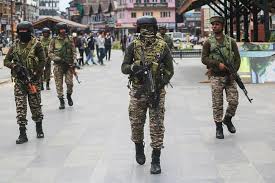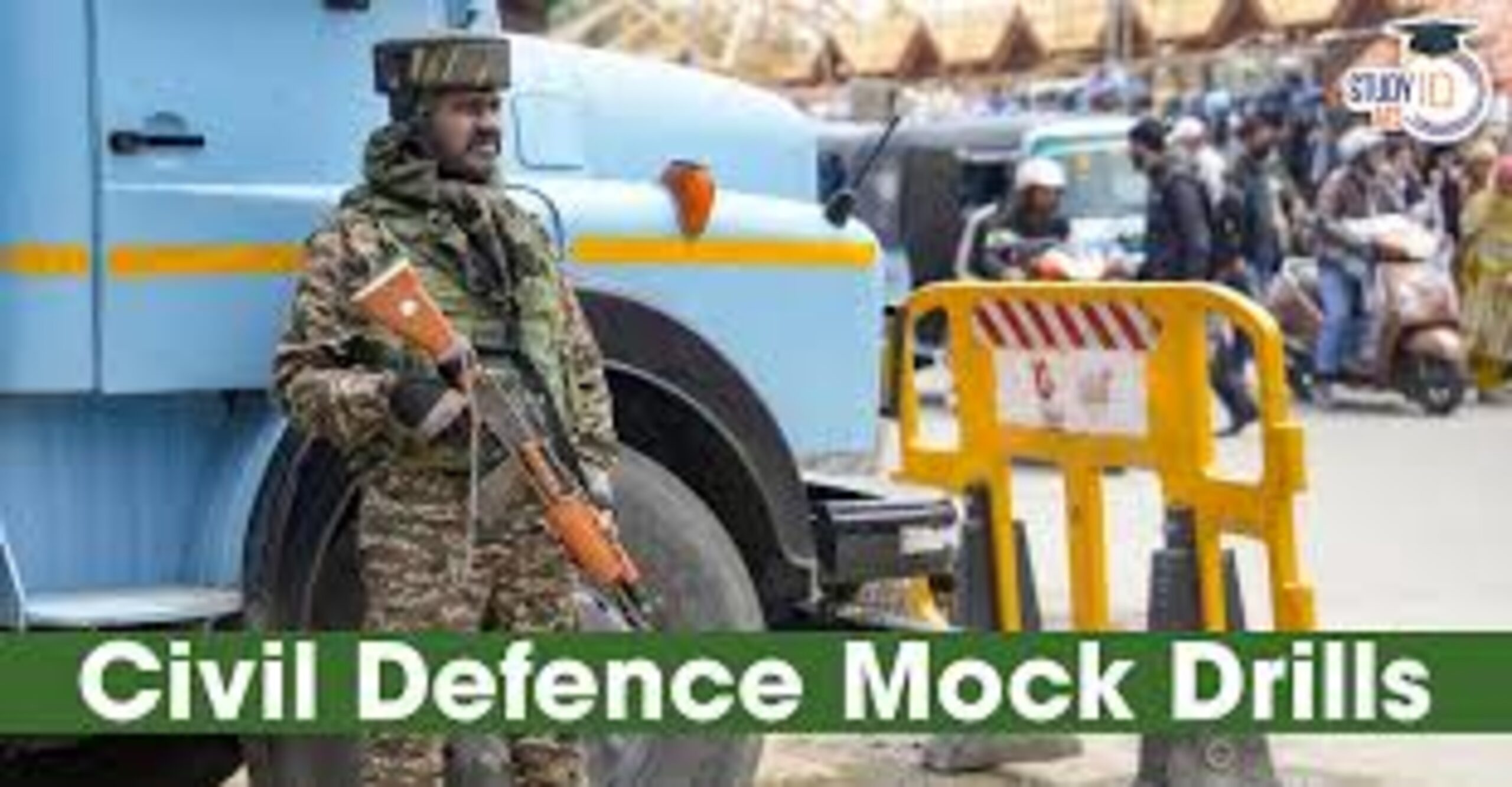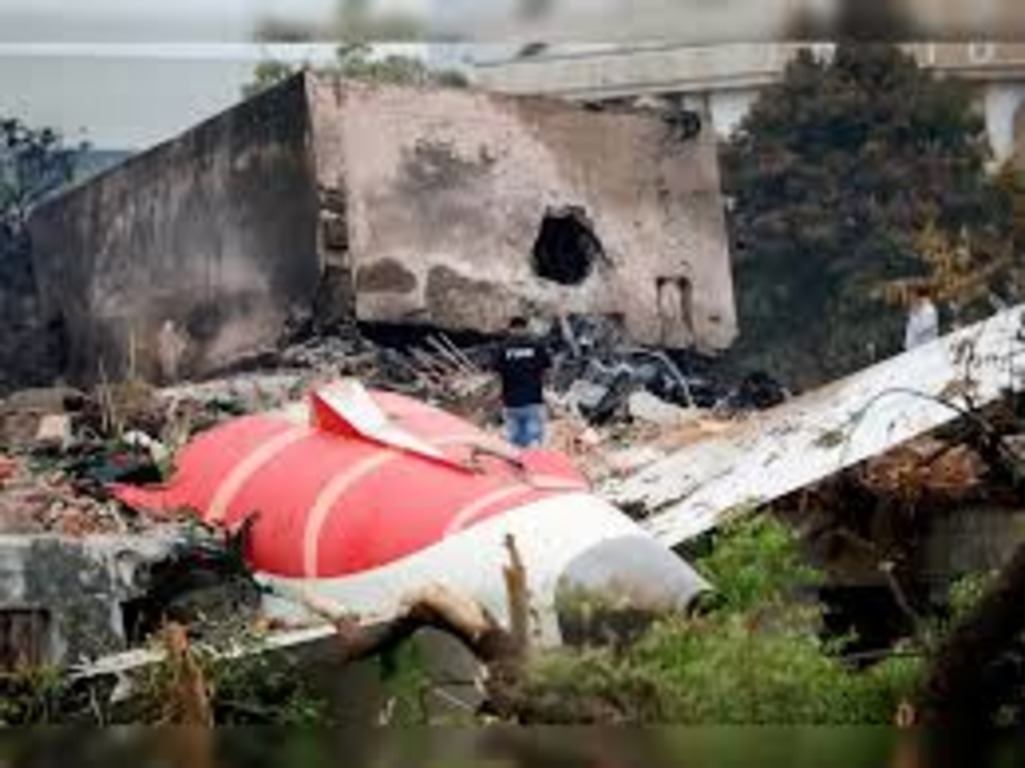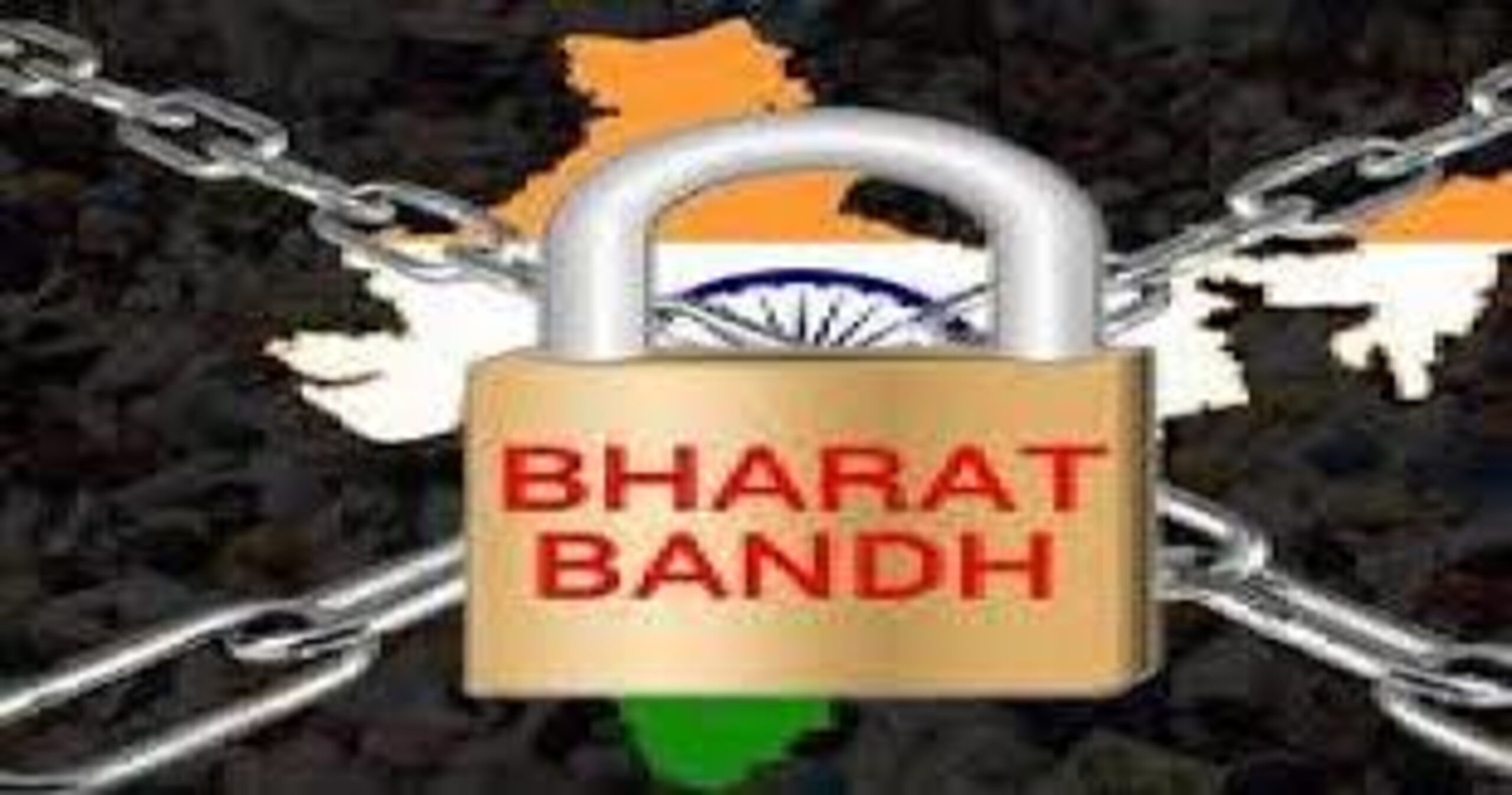
Just after the Pakistan bombing incident of 2025, in which 26 civilians were killed by terrorists, the Indian Government initiated Operation Sindoor, leading to retalitory air strikes from Pakistan. In response, India bombed known terrorist controlled areas in both Pakistan and the counterpart, Jammu and Kashmir, claiming the region as it’s territory. The ongoing border altercations indicate increased hostilities in the Indo-Pakistani region. As a result the Indian states bordering Pakistan are preparing for Homeland Security drills alongside emergency operations in Gujarat, Rajasthan, Punjab, and Kashmir.
Increase Hostility Alert and Preparedness Measures Unit-Regional Monitoring Border Towns
After Pakistan requested a ceasefire which was accepted by India, hostilities were put on pause on May 10. Despite this pause, the fragility of the region has kept India on edge. This level of suspense is what heightens the government’s shift into readiness mode, resulting in the mock drills. By carrying out these exercises, the nation aims to position itself to counteract any potential future threats, be they terrorist attacks or large-scale wars.
Aim of the Mock Drills
India is set to carry out a series of mock drills on May 29, 2025, aimed at testing its emergency response capabilities. Among other things, these exercises intend to achieve:
Coordination Checking: Integrating all primary and secondary civil defense functions including police, medical, and disaster response teams.
Evacuation Readiness: Anticipated evacuation of civilian personnel along with bordering region civilian residents under scenarios of active hostilities.
Barrier Recognition: Recognize and minimize gaps in existing emergency management systems to enable enhanced security.
Even though these drills are mostly procedural in nature, they are supportive of civilian population gaps in active hostilities who under chronic geopolitical violence. In particular, for the people of Gujarat, Rajasthan, Punjab and Jammu and Kashmir, the exercises are more of a mark of hope, knowing that their wellbeing is being catered to at a sensitive level.
Participants and Scope
The drills reflect the broad spectrum of India’s preparedness strategy because of the wide range of participants. These include:
Local Civil Defense Teams: In charge of mobilizing local responses and protecting the lives of civilians.
Police Forces: Ensure public peace as well as assist in the evacuation process and order during the drills.
Disaster Response Units: Prepared for comprehensive response to large scale emergencies, natural disasters or conflicts.
Medical Personnel: On standby for immediate medical treatment to casualties.
This inter-agency coordination emphasizes the need for a collaborative approach in meeting security gaps. The purpose of the multi agency participation in the drills is to formulate a strategy that ensures the fastest response to potential crises.
Historical Context and Operation Sindoor
Recent violence stems from the Pahalgam attack which brought forth the ever looming shadow of terrorism within India’s borders. As an answer, Operation Sindoor was initiated which, according to the Times of India, involved carefully executing strikes on at least nine Pakistani air bases alongside radar and air defense systems. The operation was a response strike, showcasing India’s no tolerance approach towards terrorism.
Further Pakistani counterstrikes on Indian military and civilian facilities escalated tensions further, increasing the danger of a general war breaking out. The May 10 ceasefire gave both sides a respite, however, the core issues have yet to be resolved. The mock drills are an essential part of preparing India for any escalation, whether it be immediate or poised to occur in the future.
A Nation’s Resolve
The border states of India are home to populations which bear the brunt of the conflict’s impact and are in constant state of heightened tensions that has become an unavoidable part of life. The mock drills are far more than rehearsals; every Indian citizen has the right to feel protected and defended while remaining confident in the government’s guarantee to sovereignty and territorial integrity. Citizens in these areas can carry on with their daily activities, secure in the knowledge that such measures are being taken on their behalf.
The whole world knows these mock drills are very well sent off as a courtesy for their own safety in case an unavoidable situation arises.





